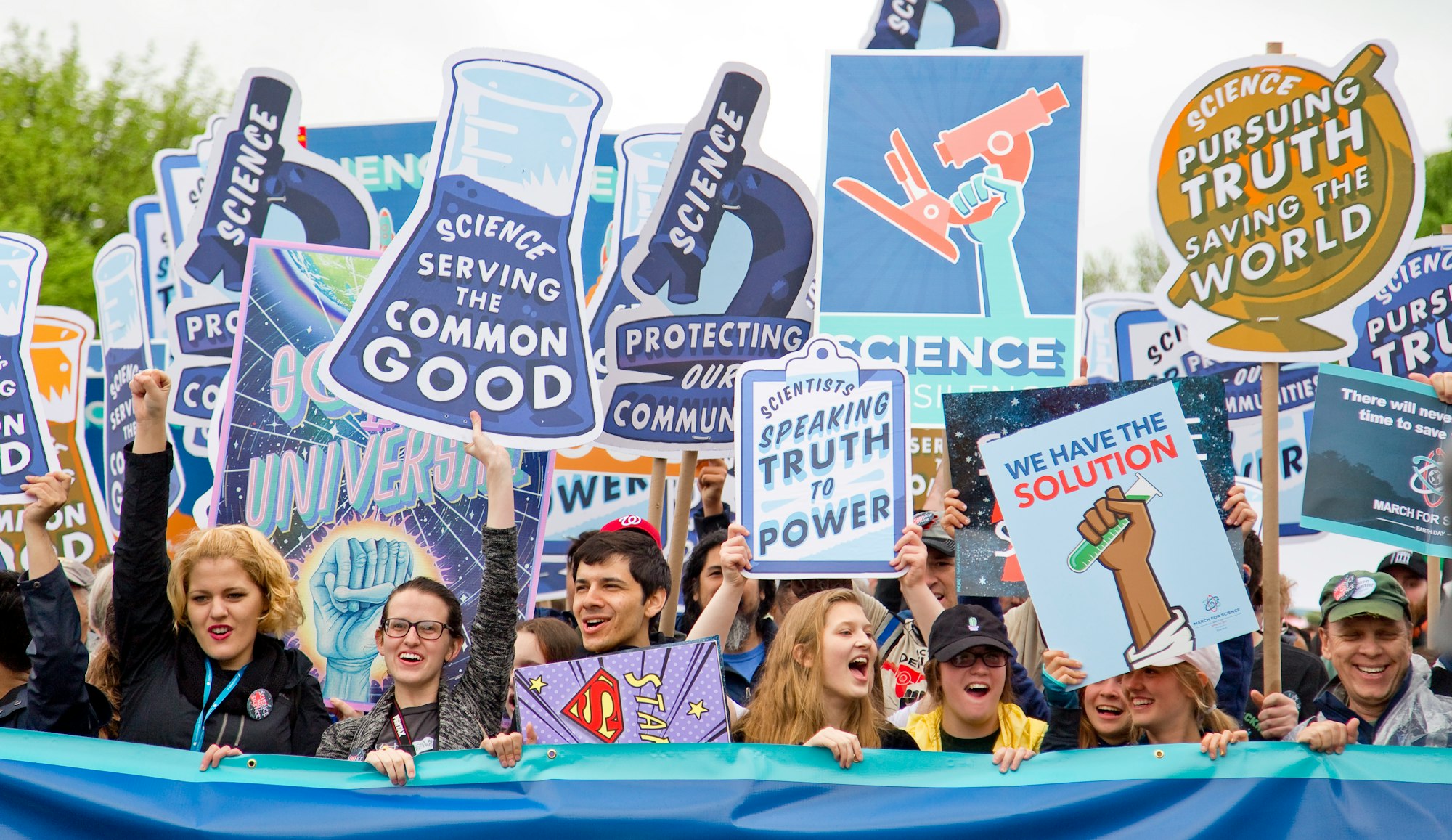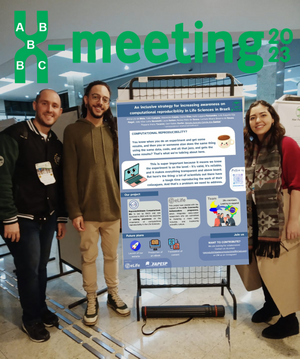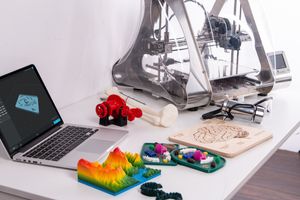In 2019, the Pew Research Center released data showing that 55% of people get their news from social media. In a follow-up study, they found that these people are more likely to see misinformation. When that misinformation is about science, it contributes to the growing mistrust individuals have towards science. We, as scientists, need to do our best to correct this misinformation. However, we are mostly stuck behind our lab benches due to the pressure to publish papers.
When we occasionally do venture into public, we often don't do a great job communicating in ways nonscientists can understand. Most of us have not been trained to communicate or teach a lay audience. We use complicated words and phrases and incorporate a lot of jargon. We may focus on tiny details that the general public doesn't need to understand. Other times we forget that the people we are talking to are human, with complicated lives and emotions. Just like us. They deserve our attention and respect. Forgetting this might alienate the people we need to reach the most. This causes the public to rely on other sources for their scientific information, often resorting to the aforementioned social media.
Today we are seeing the consequences of this. Large percentages of people believe that the COVID-19 pandemic is not real, that masking is harmful, and that vaccines are dangerous. This distrust in science has gone from a mere inconvenience to now being an issue that endangers public health and safety. Distrust in science also endangers our funding. When the public puts less value in science there is less public support for tax dollars going to funding for research. If we bridge this gap, public health improves and supports science investments.
So, what can we do to address these issues and make science more understandable and thus more accessible?
- Interact with the public directly. People trust those they know and interact with. We need to interact with the public more. This will create opportunities for correct scientific information to be more easily accessed. These interactions can take on a lot of different forms. You can adapt them to fit the time you have to invest. Examples include talking to your child's class about how research works, planning and running local outreach events, giving public talks, or building a social media presence. Interacting with the public is also important for making us seem more personable. Scientists are often viewed as “other” and people can have a hard time relating to us. We also often forget the general public is worth our attention and understanding. If we interact with the public this allows us to be viewed as human. It also helps remind us of who we are reaching and makes our science more likely to be trusted.
- Explain the process of science: One consistent theme I’ve seen is that people distrust science because it changes. This erodes their confidence and trust that we know what we are doing. As scientists, we know that updating our views when new evidence comes out is a good thing. However, most people have no idea how the scientific process works. They see things change and think we are not being honest. If we can help people understand the process of how science is done many of these concerns may be alleviated. We need to help people realize that changing information is an important part of the scientific process.
- Keep your message short and clear: People can only absorb so much new information at one time. Cut down your concepts into a few most important things. Use this as the focus for a talk, outreach event, or social media post. Also, consider breaking each point down into its own series or discussions. If you use a social media platform for SciComm this makes it easier to do a series of related topics as separate posts. If you’re giving a talk, focus on only a few key points as the main takeaways to avoid overwhelming your audience.
- Choose your words carefully: Science is full of jargon and complicated terminology. You need to cut out as much jargon as possible. Sometimes it may be necessary, but then you must be clear and explain those terms. There are some great public tools to let you know what the reading level is for the words or sentences you are using. Best practice suggests aiming for a reading level of 6-9th grade to be the most accessible.
- Use stories and images to illustrate your points: To help people understand and remember the concepts use stories, analogies, and images to illustrate your main points. Most of us can remember a story someone told, or a striking image shared. This can help make complicated science understandable. My favorite way to explain how two-dose vaccines work is to use the analogy of a door-to-door salesman. Dose one is the first time a salesman stops at your house. When you see them, you have no idea why they’re around. You chat for a bit until you figure out that they’re selling something. Then you kick them out. Dose two of a vaccine is like what would happen if that salesman returned. You now know they’re trying to market something. You kick them out immediately after answering the door. If that salesman comes a third time you won’t even answer the door. Explanations like this can seem silly or too simple, but they’re key to making a complicated process understandable to a non-scientist.
- Be compassionate. Recently one of my followers on Instagram said their interactions with some scientists had not been positive. The interactions involved being talked down to in a condescending way and being made to feel inferior for not understanding. When people question topics it can be hard not to act out of frustration or defensiveness. In reality, most people are asking questions because they are seeking accurate information. There is a lot of misinformation that makes it hard for them to know what is true or not. If we respond condescendingly and without compassion, it is no wonder that they trust someone else instead. We can reach more people by interacting with others kindly and compassionately.
This is by no means an exhaustive list, but it is a great place to start. If we want to help people trust science again, we need to all start doing what we can. Those who are anti-science are accessible at every turn – on Instagram, Facebook, Twitter, and in their community. We need to also make ourselves accessible. Not everyone will have tons of time for science communication. But even a little can go a long way!
Consider starting an Instagram or Twitter account to explain your research findings and interact with people. Get involved with spreading science in your local community. You could ask your library to host a talk on how science works or ask to do a short science activity in your child's daycare. You can start small and build up as time allows. Use the tips here to help ensure your efforts are understandable.
About the author: Elisabeth Marnik is a new Assistant Professor at Husson University. In her spare time she communicates science to the general public on Instagram and through work in her community. Connect with her on Twitter.
We welcome comments, questions and feedback. Please contact us at ecrlife [dot] editors [at] gmail [dot] com.
Would you like to share your own story, insight or opinion? Pitch us here.
If you want to bring up a sensitive topic and do not feel comfortable adding your name to your blog post, please reach out to us. We can work with you to publish it anonymously.
Follow us on Twitter to stay up to speed with our latest blog post releases.







